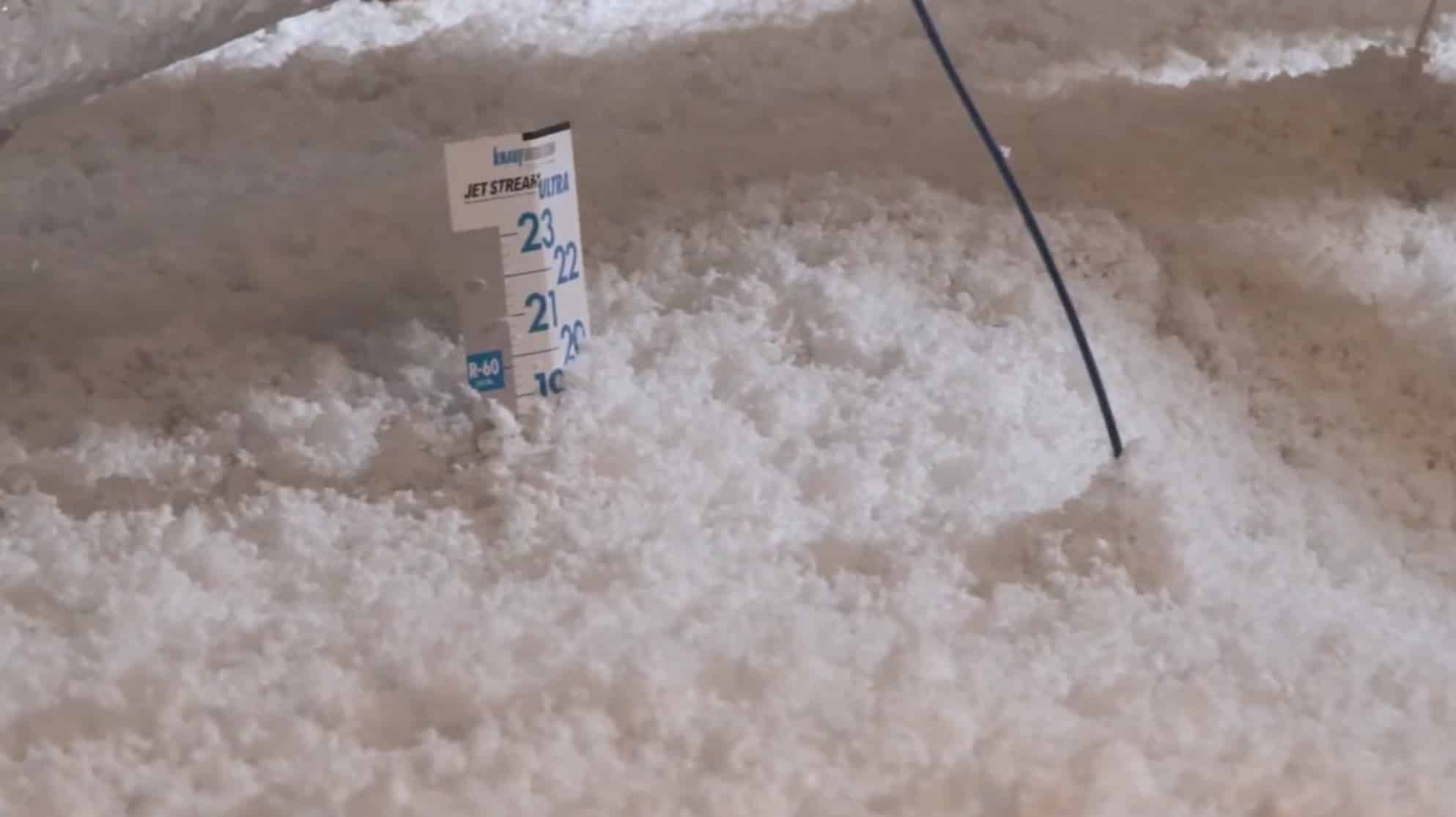Fascination About Green Attics
Fascination About Green Attics
Blog Article
The 4-Minute Rule for Green Attics
Table of ContentsThe 6-Second Trick For Green AtticsAll About Green AtticsUnknown Facts About Green AtticsFascination About Green AtticsGreen Attics - An OverviewHow Green Attics can Save You Time, Stress, and Money.
Uploaded by Solution Champions Cooling BlogWhen you activate your heating, you desire it to stay inside your home - HVAC installation. Powering up the heating triggers the heat to rise directly up right into your attic room. It's after that approximately your attic insulation to do its task and block the warmth from running awayWhich attic insulation is ideal? This write-up will certainly lay out the 4 kinds of attic insulation you can choose from, plus dive right into the pros and cons of each.

Unknown Facts About Green Attics
Why is fiberglass batt insulation so popular? It's many advantages include: As a whole, fiberglass is substantially green.
Fiberglass batt insulation hardly ever diminishes or falls down. This is due to the air pockets that occur in manufacturing. Fiberglass batt insulation is also soundproof, aiding decrease outside noises and keep inner sound inside the residential or commercial property.

The Ultimate Guide To Green Attics
If moisture is taken in by the fiberglass batt insulation, it can reproduce unsafe mold. Rodents and other unwanted visitors enjoy fiberglass batt insulation, and frequently make it their home. Rodent invasions are a real opportunity. If you like the concept of fiberglass but aren't crazy about making use of batts, then blown-in fiberglass might be the way onward for you.
When making use of the blown-in approach, it loads the attic much better, guaranteeing it's air-tight. This minimizes the amount of hot air getting away and cold air entering. It takes an issue of hours to obtain your attic insulation up and running.
After the insulation has settled, it's shown that the R-Value decreases. It requires a lot more maintenance than other kinds of attic insulation on our listing. Needs to the insulation get damp, removing the insulation isn't as very easy as getting rid of fiberglass batts. You'll need to pick everything up, while using handwear covers, and remove it little by little.
This attic insulation is additionally blown-in utilizing a blowing machine, nevertheless the product used is various. Boric acid and various other compounds are used to flame-proof the attic insulation.
Little Known Facts About Green Attics.
(https://www.intensedebate.com/people/greenatt1cs)
Is blown-in cellulose insulation worth it? Right here's what it can provide your home: For the many part, blown-in cellulose is much better for the earth. With cellulose being made from simply recycled product, there's no requirement to produce brand-new material. Reusing this is environmentally friendly. The boric acid and various other substances aid to fire evidence the insulation and slow the spread of fires.
Blown-in cellulose insulation has an R-Value that this content is 23 percent greater than fiberglass batts. Cellulose also helps in reducing wind-washing. What are the disadvantages of setting up blown-in cellulose insulation in your attic? Here are the disadvantages: Cellulose is eco-friendly, nevertheless the further materials that are added are not. Boron is needed to create boric acid, and the mining procedure that mines boron is damaging to the environment.
Cellulose also does not blend well with liquid. Needs to it end up being damp, mold and mildew can grow swiftly and spiral unmanageable. Remedying this situation can be labor and time intensive, as you'll need to get the insulation bit by bit, instead of in one roll. The final type of attic room insulation is spray foam insulation.
Fascination About Green Attics
Unlike all the various other types of attic insulation, spray foam insulation is the only type to come as a liquid. After being sprayed, it thickens and grows, and after that sets as a sturdy foam. This foam slides nicely into any type of gaps, securing closed, and cuts off any type of getaway paths for your heating.
What are the downsides of spray foam insulation?: The in advance repayment for spray foam insulation is more than the other sorts of attic room insulation on our listing. It's worth thinking about that, due to high levels of power performance, it'll likely stabilize out or also end up being less costly in the long-run to keep your home cozy.

The 5-Minute Rule for Green Attics
Fantastic care needs to be taken around the foam, and you'll need to use goggles, a mask, and a respirator. With 4 sorts of attic insulation and their benefits and drawbacks, you're currently able to make an informed decision, knowing the benefits and drawbacks to every. If you want expert support, don't hesitate to contact Solution Champions.?.!!. Like a whole lot of people, my renovation work is driven greatly by my spending plan. Likewise, I look for straightforward assemblies that produce solid, tried and tested performance. That's why I can claim with self-confidence that the most effective way to shield my attic is with economical cellulose or fiberglass insulation applied over an impermeable attic room floor. Radiant barriers.
Report this page